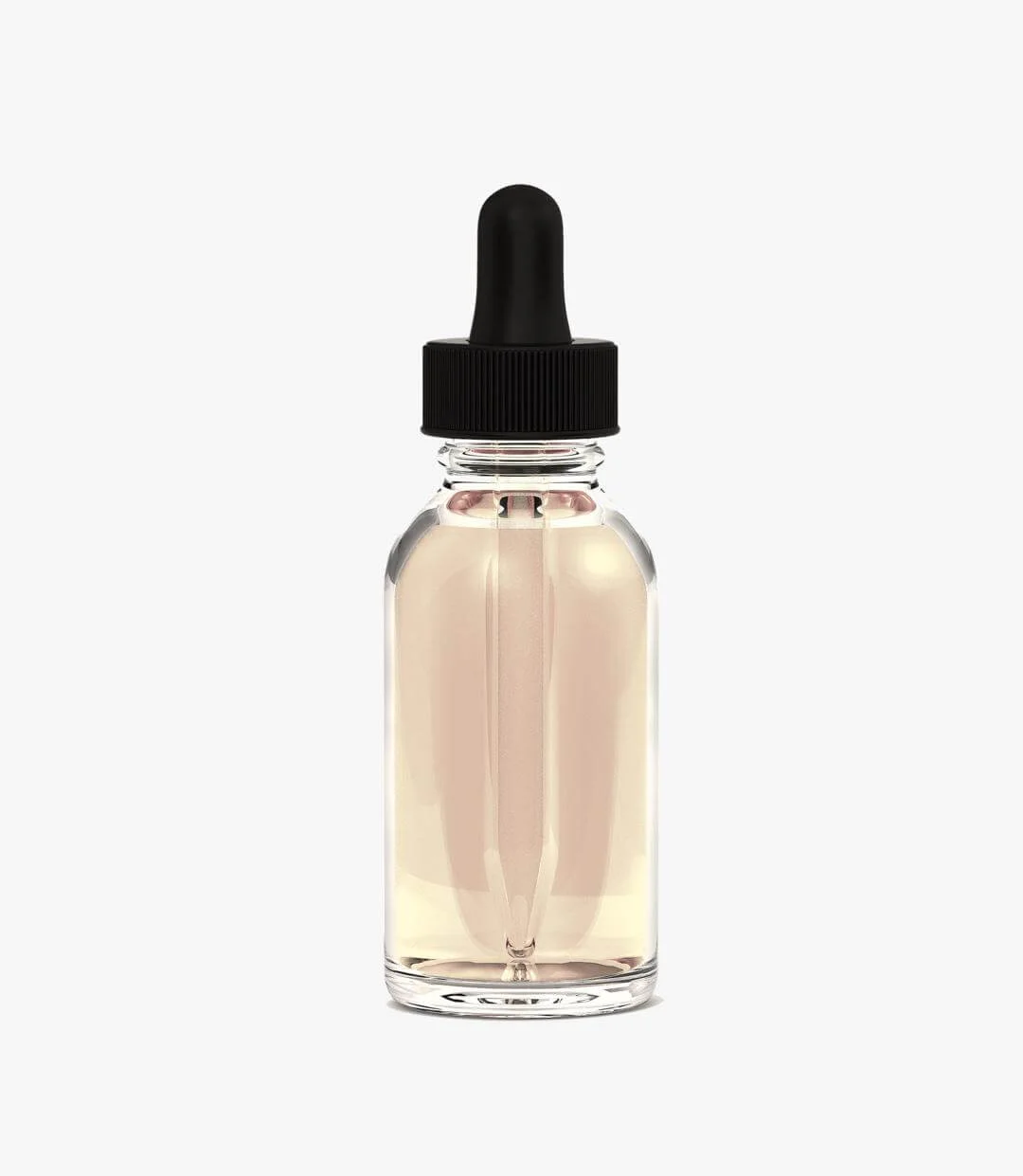What is CBDV?
Cannabidivarin (CBDV) was probably first reported in a benzene extract from a Thai cannabis variety referred to as “Meao.” CBDV is capable of activating and blocking, depending on experimental conditions, a diverse number of cation channels. Research has so far demonstrated that CBDV is found mainly in C. indica landrace strains sourced from Asia and Africa, as well as strains naturally lower in THC. Strains that are high in CBD also typically tend to be higher in CBDV.
How is CBDV made?
CBDV is created by a chemical reaction of CBGA on certain enzymes. Cannabidivarin is also the precursor molecule of cannabidiol when it has not yet undergone decarboxylation. And just like CBD, CBDV does not induce a high. This makes it valuable for medical research. The levels of CBDV appear to be more significantly present in specific cannabis subspecies.
Effects of CBDV
CBDV is also showing promise in several other areas of medicine:
- Rett Syndrome: According to a 2018 rodent study, CBDV has shown promise in helping the neurobehavioral issues associated with Rett syndrome.
- Duchenne Muscular Dystrophy (DMD): In a similar 2019 study published in the British Journal of Pharmacology, CBDV was found to possibly benefit patients with Duchenne muscular dystrophy (DMD).
- Anti-Nausea Agent: CBDV may also be a powerful anti-nausea agent. Initial research on rodents shows that CBDV likely acts as an agonist to the CB1 receptors, thereby blocking the nausea response.




